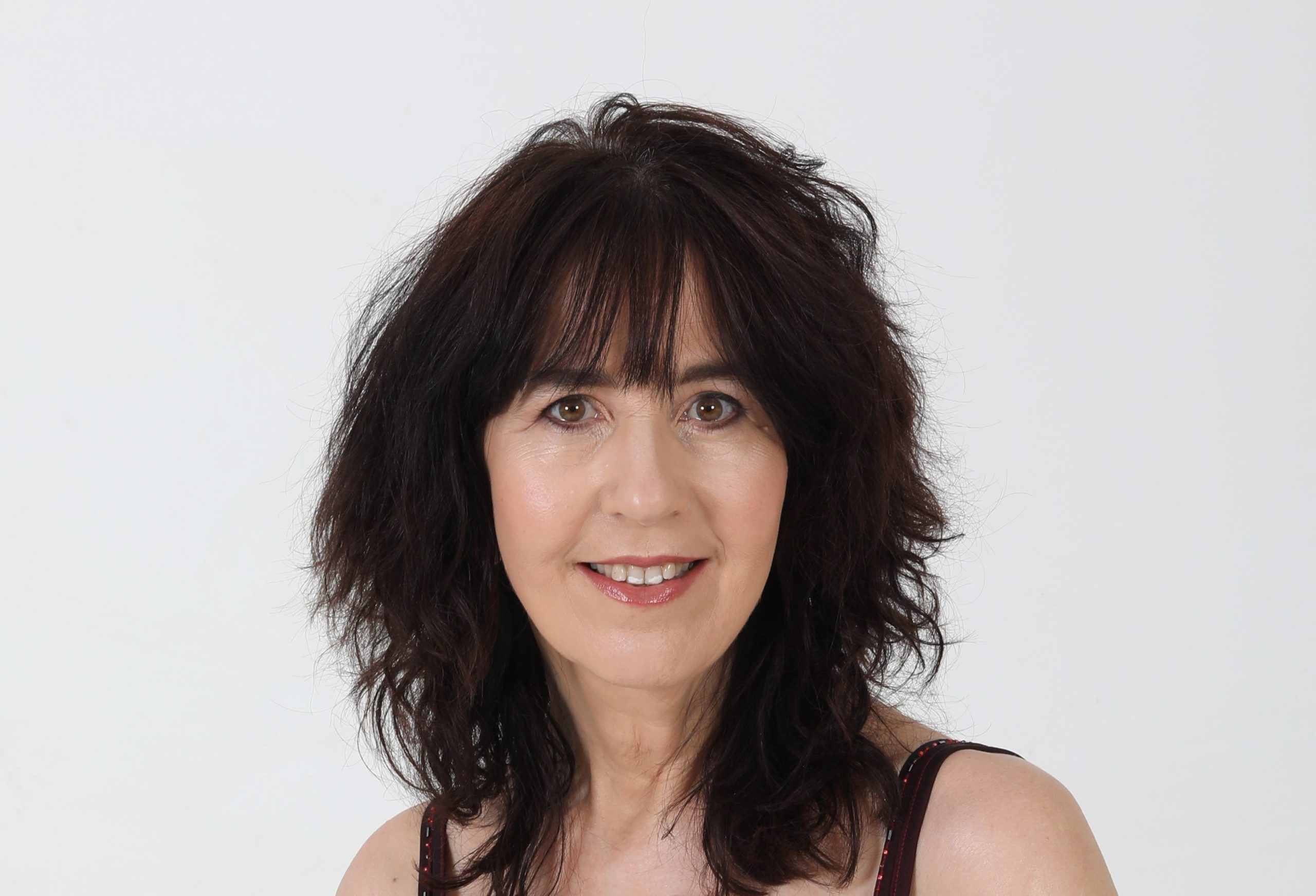
The Jewish Report Editorial

Picture tells a thousand horrors
“There are none so blind as those who will not see.” This phrase, of disputed origin, is so apt in relation to Israel, Gaza, and Jews.
This week marks six months since thousands of Hamas terrorists infiltrated Israel and went on a rampage of raping, burning, and murdering people in the south of the country.
Initially, the world was aghast, but within days of Israel launching a war against Hamas, so many in the world – not least of all the media – managed to erase what happened on 7 October in Israel from their memory and history.
There’s an unfathomable refusal to accept the horror of what happened. How does that work, when the very perpetrators filmed what they did and put much of it out into the world on social media? If you have seen those images, you can’t unsee them. How then does so much of the world blindly accept what happened in Israel and condemn the Jewish state for retaliating?
For those of us who woke up on 7 October to the horror of what was happening in Israel and as the images and footage emerged, our horror and outrage increased.
One photograph is indelibly inked into my head. It was of 22-year-old Shani Louk, whose almost naked body was strewn facedown across the back of an open-back bakkie in Gaza with terrorists celebrating while practically sitting on top her like hunters with some dead animal trophy.
When I saw this photograph, I felt physically ill, and the reality of the depravity of 7 October became blatantly apparent. I knew then that this day was always going to be marked in our history as “never again” happening again… for one day.
It was this very photograph that made me realise that Hamas must never be allowed to commit atrocities like this again to our people – or anyone else.
This same photograph made the horror of the sexual violence perpetrated against Jewish people, particularly women, so blatant. There’s no way, looking at this photograph, that anyone can deny the horror of what they did to Jewish women.
This photograph, taken by Mahmud Ali, who was apparently employed as a freelance photographer by Associated Press, was the winner of Team Picture Story of the Year in the Pictures of the Year International competition.
There’s no doubt in my mind that this photograph encapsulates that horrific day and what Hamas did. And it makes it clear to me that Shani Louk was murdered and most likely gang raped by a group of depraved terrorists for no other reason than that she was a Jew.
It captured a moment that showed 7 October for what it truly was – a day in which Hamas fulfilled its dream of killing and perversely having its way with as many Jews as possible. Hamas make no bones about how much it wants to eliminate all of us, not only from the Middle East, but from the face of the earth. It did its damnedest, and Israel must now ensure that it cannot happen again.
However, should the photographer be awarded for being embedded with terrorists who infiltrated Israel, murdered 1 200 people, brutalised thousands of others, and grabbed 240 people, including Shani, and forced them into Gaza as captives?
Is this acceptable? As a New York Post editorial is quoted as saying, all it took to win a prestigious photojournalism award from a leading public university was to “embed with a crew of Islamist killers and snap pics of them exulting in the murder of an innocent woman”.
For many among us, winning an award for this photograph is tacit approval of what Hamas did, which wouldn’t be surprising considering the biased international and local media regarding this war.
As a journalist, I hate the idea that someone who supported and apparently went with Hamas into Israel and helped it to document its dastardly deeds, has won an international award – or any award.
However, this photograph tells so much, and I cannot deny the impact it had on me and almost everyone I know. It’s a brilliant news photograph. But awarding someone like this makes me feel ill.
Photojournalists often tread a fine line in capturing trauma for the world to see, witnessing and doing nothing about it when perhaps they could. But that isn’t their task.
I recall a friend of mine who took his life just months after winning a Pulitzer Prize for photojournalism. Kevin Carter won the award in 1994 for a photograph epitomising famine in Sudan. It was of a starving child that had keeled over, with a vulture seen waiting in the background.
While the photograph was brilliant, there were many who criticised Kevin, claiming he was as much of a predator under the circumstances and could have helped the child. The St Petersburg Times was quoted as saying, “The man adjusting his lens to take just the right frame of her suffering might just as well be a predator, another vulture on the scene.”
Kevin, like most photojournalists, was aware of this painful dilemma. Just months after being on top of the world, winning the most prestigious international award possible, he took his own life. In his note, left next to him, he apologised profusely, saying, “The pain of life overrides the joy to the point that joy doesn’t exist.”
Looking back at what happened to Kevin reveals the huge dilemma in the media of capturing the horror to show the world. Was Mahmud Ali forsaking his morality and integrity as a person by taking this photograph and putting it out there? If it was captured by another unbiased photographer, should it have won an international award for achieving what it did?
I don’t have the answers because I’m torn, and the life of Shani Louk represents the life of a young, vibrant woman who was treated with depravity and scorn. She represents every Jewish woman who was brutalised in the attack. She represents #MeTooUnlessYou’reAJew. So, I hate the idea that showing her like this has been awarded, but I also understand that those of us who care and saw that photograph will forever understand what happened on that day because of it.
Shabbat Shalom!
Peta Krost
Editor










